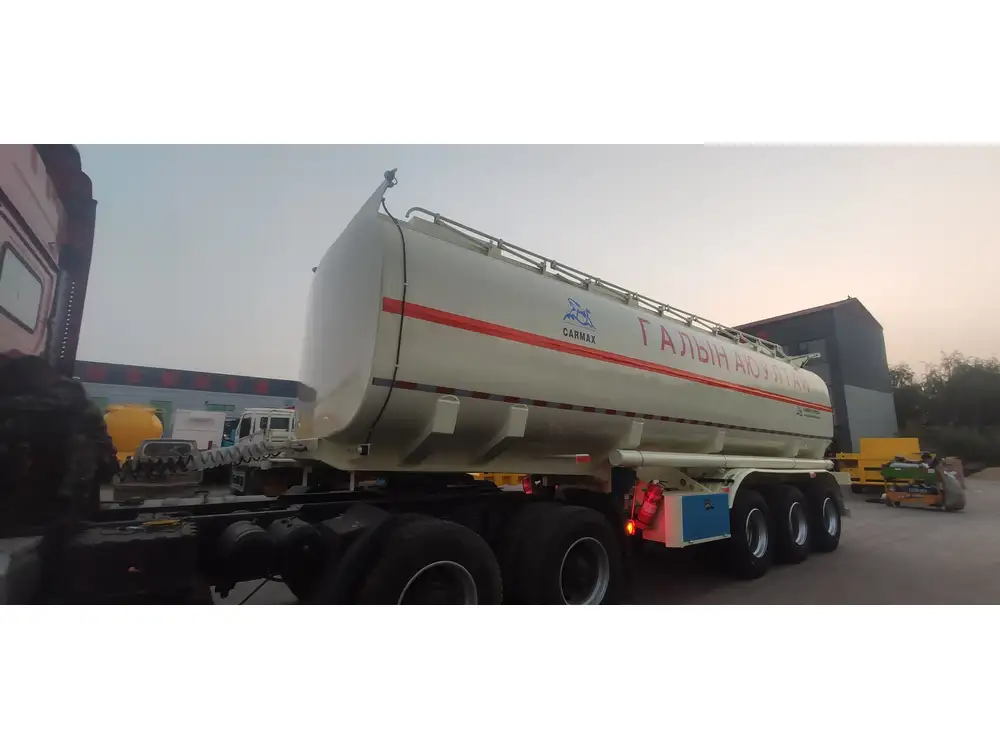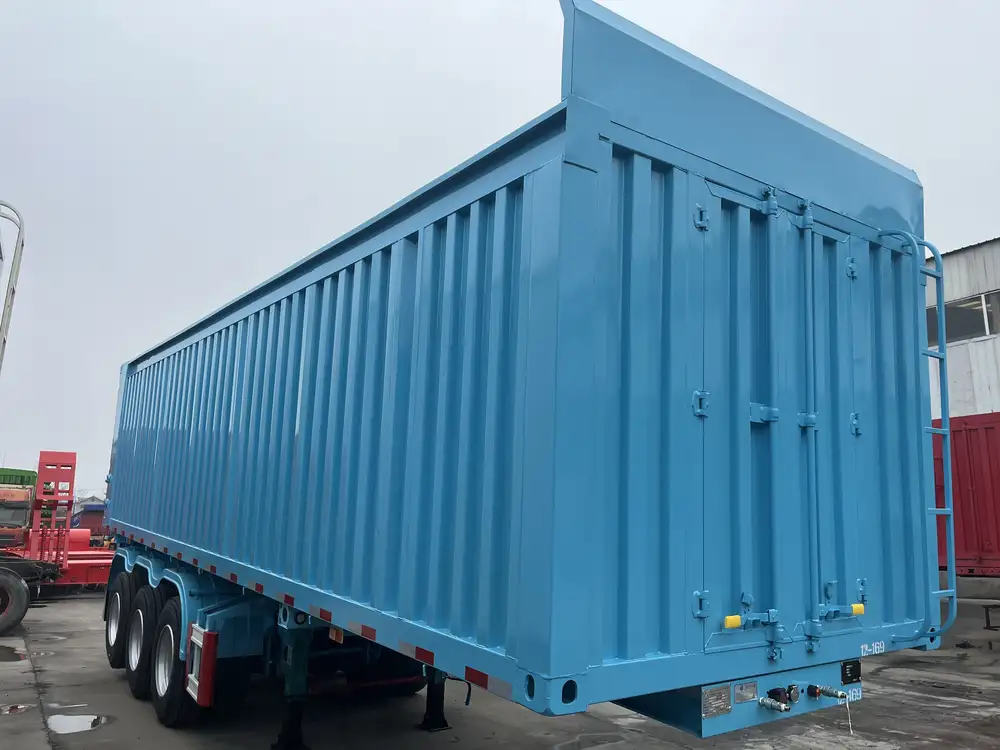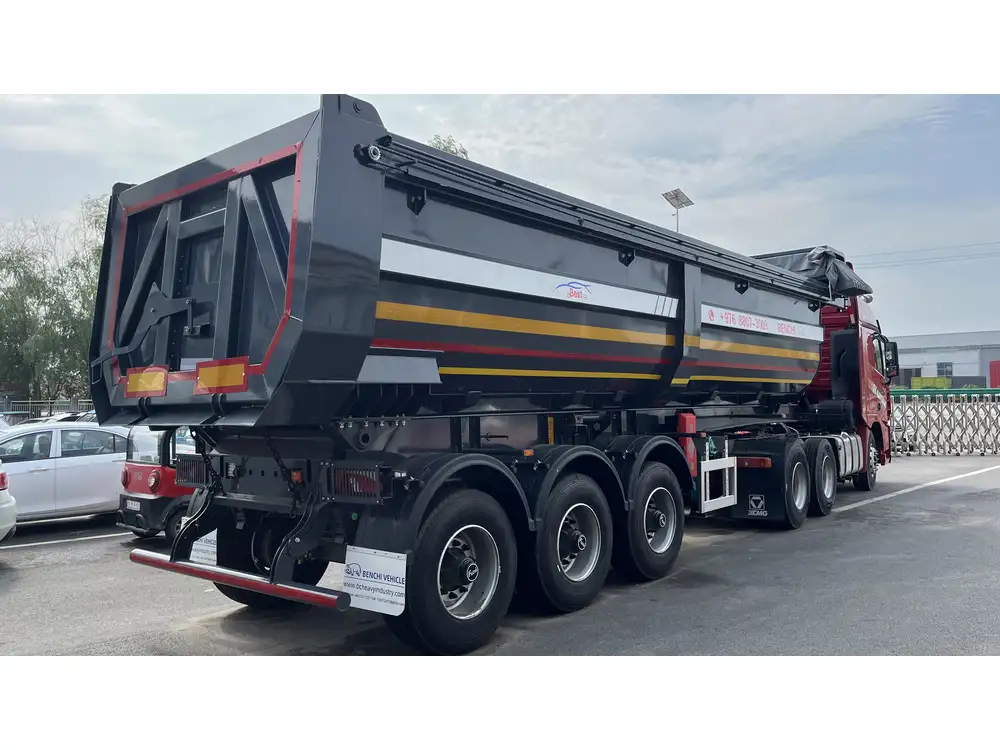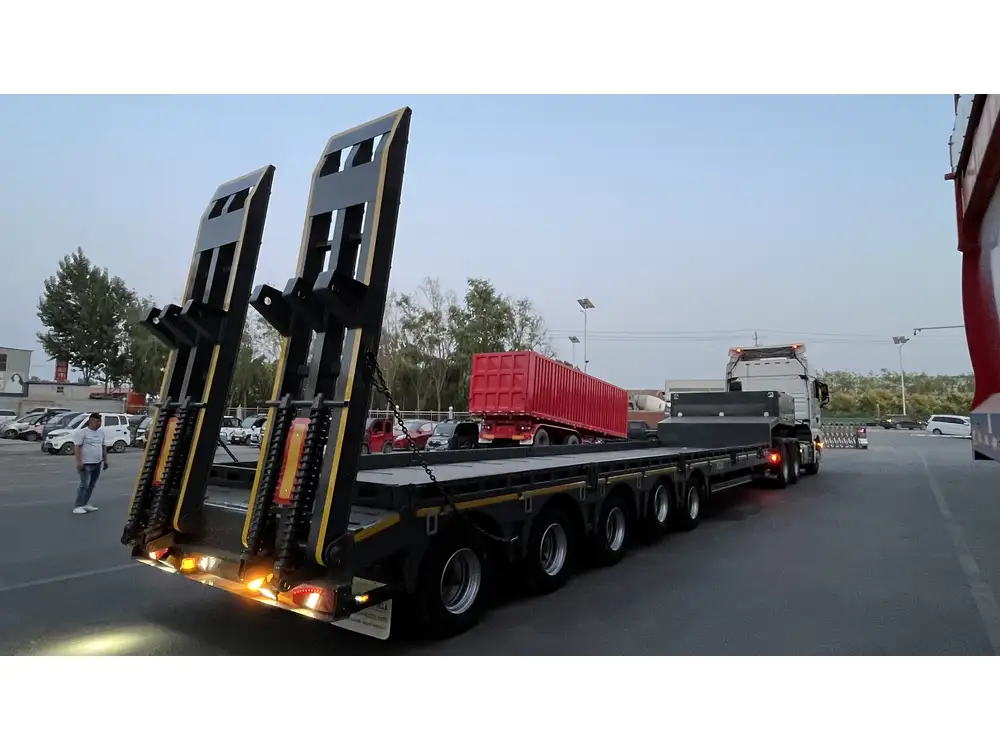Maintaining a stationary trailer often involves addressing the necessary procedures for waste disposal, particularly when it comes to the black water tank. This essential guide aims to streamline the process of pumping out your black tank, enhancing your trailer experience and ensuring proper sanitation practices. Below, we will delve into various methods, tools required, and detailed steps for achieving an effective black tank pumping.
Understanding the Black Tank System
The black tank in a trailer serves as the holding container for waste from the toilet. Unlike gray water tanks that collect wastewater from showers and sinks, the black tank contains solid waste, making its management critical to hygiene and safety. Neglecting this can lead to overflow and unpleasant odors.
Key Components of the Black Tank System
| Component | Description |
|---|---|
| Black Water Tank | Holds human waste and toilet paper. |
| Dump Valve | Controls the release of waste from the tank. |
| Drain Pipe | Connects the tank to the waste disposal inlet. |
| Sewer Hose | Transfers waste to the disposal site. |

Identifying the Need for Pumping
Before proceeding with tank pumping, determining when your trailer’s black tank needs to be emptied is crucial. Generally, the following indicators signal the need for action:
- Tank Level Indicator: Most modern trailers come equipped with sensors that provide readings of your tank’s fill level.
- Unpleasant Odors: A foul smell emanating from the trailer can indicate that the tank is full or needs maintenance.
- Reduced Flushing: If you notice that toilets are slow to flush or back up, this may be another sign of a full tank.
Recommended Frequency for Pumping
- Full-Time Living: Once every 1-2 weeks.
- Occasional Use: Every 2-4 weeks, depending on usage.
- Long Trips: Consider pumping before and after long journeys to avoid overflow.
Preparation for Pumping the Black Tank
Effective tank pumping requires careful preparation. Follow these steps to ensure a smooth and safe process.

1. Gather Required Tools
Before tackling the black tank pumping, ensure you have the following equipment:
| Tool | Purpose |
|---|---|
| Sewer Hose | Connects your trailer to the disposal site. |
| Dump Station Adapter | Facilitates hose connection to dump station. |
| Gloves | Protects hands from contamination. |
| Protective Eyewear | Prevents splashes into eyes. |
| Sanitizer | Required for cleaning tools post-job. |
| Water Hose | For rinsing the tank and hose after pumping. |
2. Locate a Dump Station
Identify a suitable dump station within reasonable driving distance. These are commonly found at campgrounds, RV parks, or municipal waste disposal facilities. Always ensure that the dump station is open and operational before setting out.
3. Safety Precautions
Prioritize safety by ensuring:
- You are wearing gloves and protective eyewear.
- The area around the dump valve is clean and clear of any debris.
- The hose does not touch the ground and remains hygienic.

Steps to Pump Out the Black Tank
Once preparation is complete, follow these detailed steps to pump out the black tank effectively.
Step 1: Prepare the Trailer
- Ensure Stability: Level the trailer to facilitate proper drainage.
- Turn Off Water Supply: Prevent any additional waste from entering the tank during the pumping process.
Step 2: Connect the Sewer Hose
- Locate the Dump Valve: This is typically found on the side of the trailer near the black tank.
- Attach Sewer Hose: Firmly attach one end of your sewer hose to the dump valve and the other end to the dump station’s inlet.
- Secure Connections: Ensure all connections are tight to prevent leaks.

Step 3: Open the Dump Valve
- Release Waste: Carefully pull the dump valve lever to allow the waste to flow out. Monitor to ensure a steady flow, and do not stand directly over the valve to prevent splashes.
Step 4: Flush the Tank
- Close the Dump Valve: Once the majority of waste has emptied, close the valve.
- Use Water Hose: Insert the hose into the tank flush valve (if equipped) or pour water through the toilet to rinse the tank. This helps to remove any residual waste and cling-ons.
- Repeat the Dumping: Open the dump valve again to allow the rinsed water and remaining waste to escape.
Step 5: Clean the Equipment
- After the pumping process, disconnect the sewer hose and utilize a sanitizer to clean both the hose and connections.
- Store the hose in a designated area away from food and cabin items to maintain sanitation.

Additional Maintenance Tips
Maintaining your black tank goes beyond just pumping it out. Consistent upkeep can prevent buildup and extend the life of your tank.
1. Use Biodegradable Deodorizers
Introduction of a biodegradable deodorizer can significantly enhance the odor control within the tank. These products aid in breaking down waste and minimizing smell.
2. Avoid Harsh Chemicals
Steer clear of chemical cleaners that can be detrimental to the bacteria essential for breaking down waste in your black tank. Opt for enzyme-based products that are both effective and safe.

3. Maintain Regular Check-Ups
In addition to pumping, conduct regular inspections of your black tank and its associated components for any leaks or damages. Early detection of problems can save time and money.
Common Issues and Solutions
Even with diligence, issues may arise while managing the black tank. Here are some common challenges and their respective solutions:
Problem: Tank Won’t Empty Completely
- Solution: Ensure proper angle for drainage. If stubborn waste persists, consider using a tank rinse system or a specialized wand designed for black tanks.

Problem: Backflow into the Trailer
- Solution: Maintain correct sewer hose elevation when connecting to the dump station. Use appropriate sewer hose supports if necessary.
Problem: Persistent Odors
- Solution: Regularly clean the tank and consider installing a fan vent system. Keeping the tank empty can also mitigate odor buildup.
When to Call a Professional
While many challenges can be addressed with proper knowledge and tools, there may be instances when professional assistance is warranted. If you encounter:
- Extreme Blockages: When the tank refuses to empty despite all efforts.
- Structural Damage: Signs of leaks or cracks in your tank.
- Persistent Odor Issues: That cleaning products do not rectify.
Calling a qualified RV technician ensures that your trailer remains a comfortable living space.

Conclusion
Efficiently managing your stationary trailer’s black tank should no longer feel like an overwhelming task. By understanding the components of the system, taking the right precautions, and following detailed pumping procedures, you can maintain hygiene and functionality with ease. Prioritize regular maintenance and address common challenges as they arise, and enjoy your mobile lifestyle with confidence and comfort.
By cultivating good practices for maintaining your black tank, you not only promote cleanliness but also prolong the life of your trailer. Keep this guide at hand, and navigate the nuances of black tank management with assurance.



